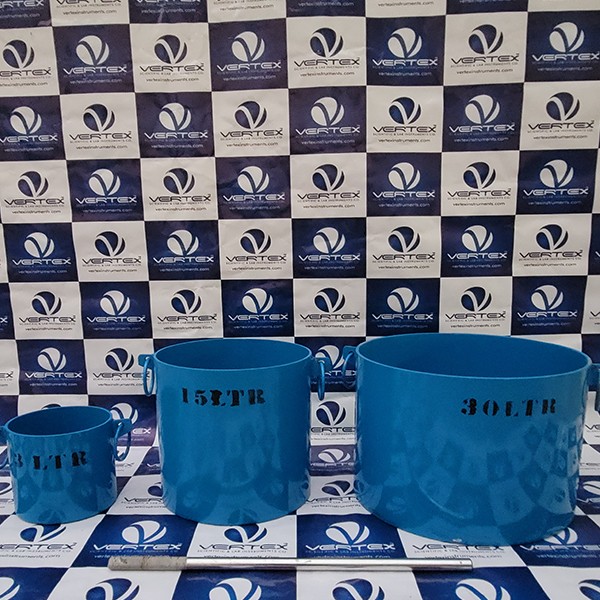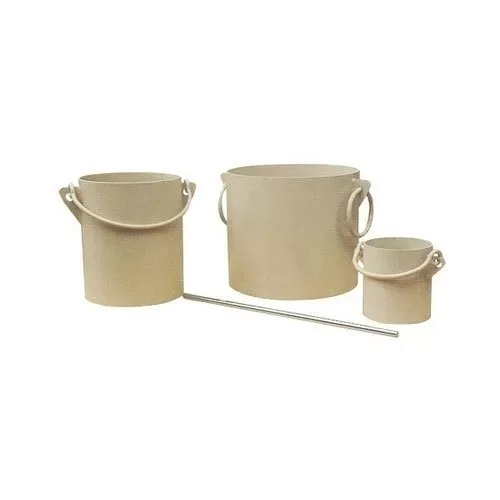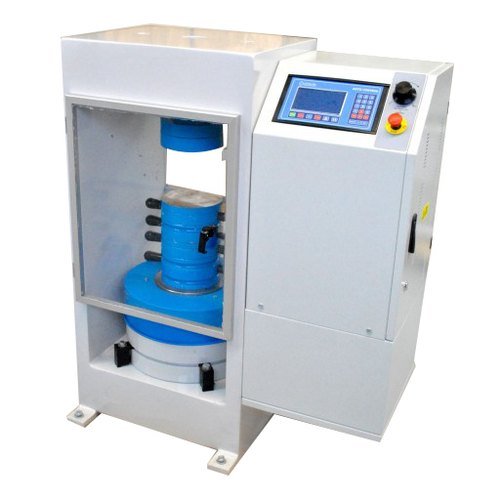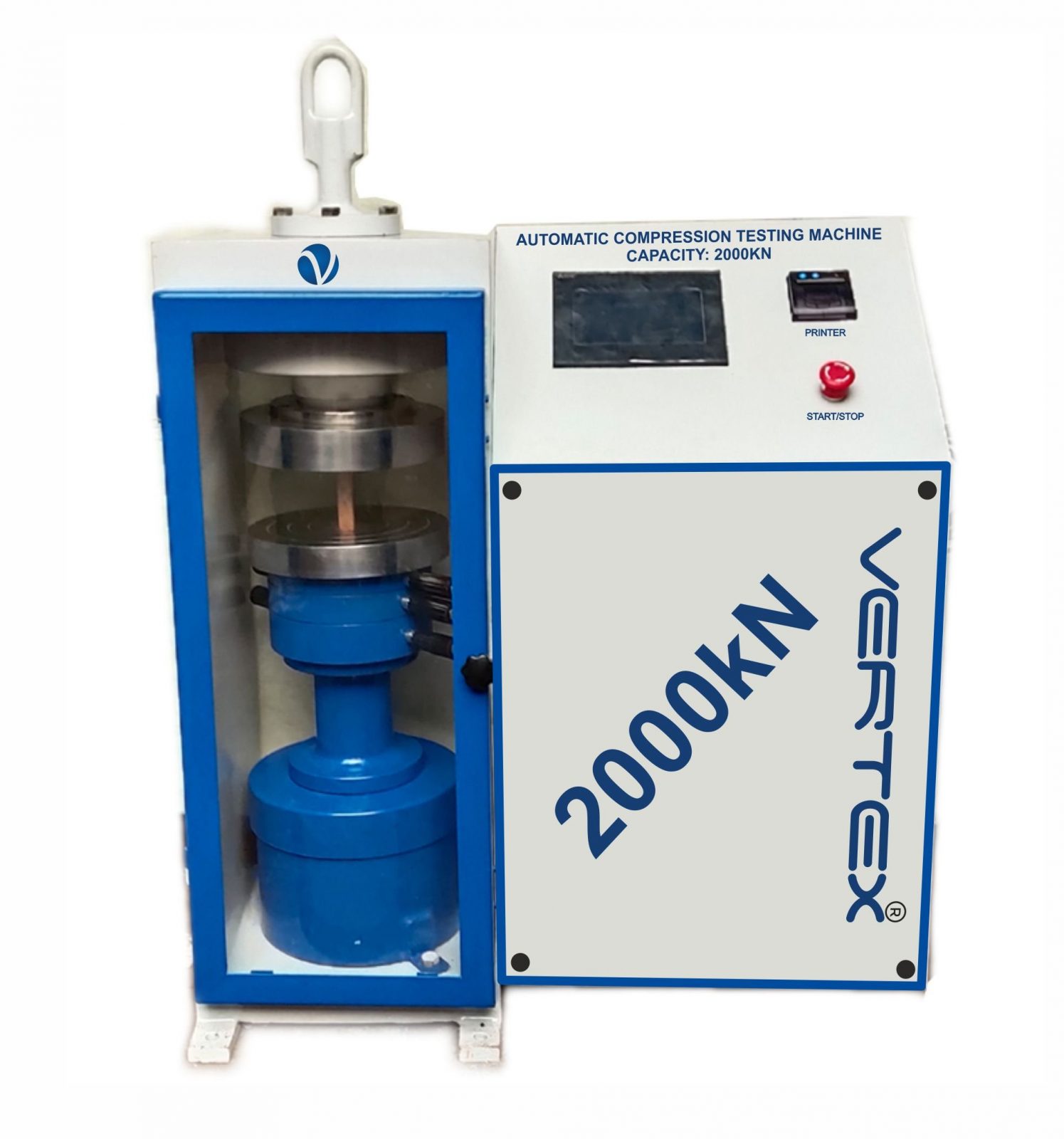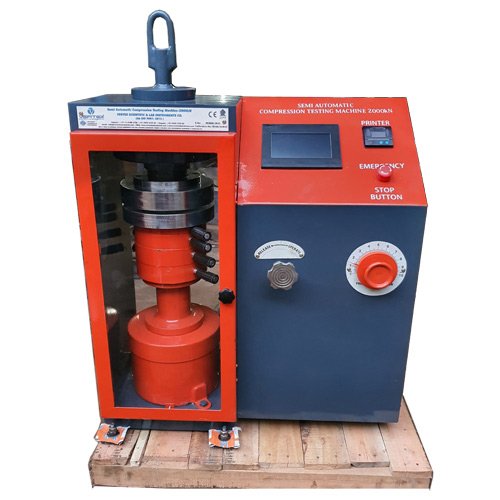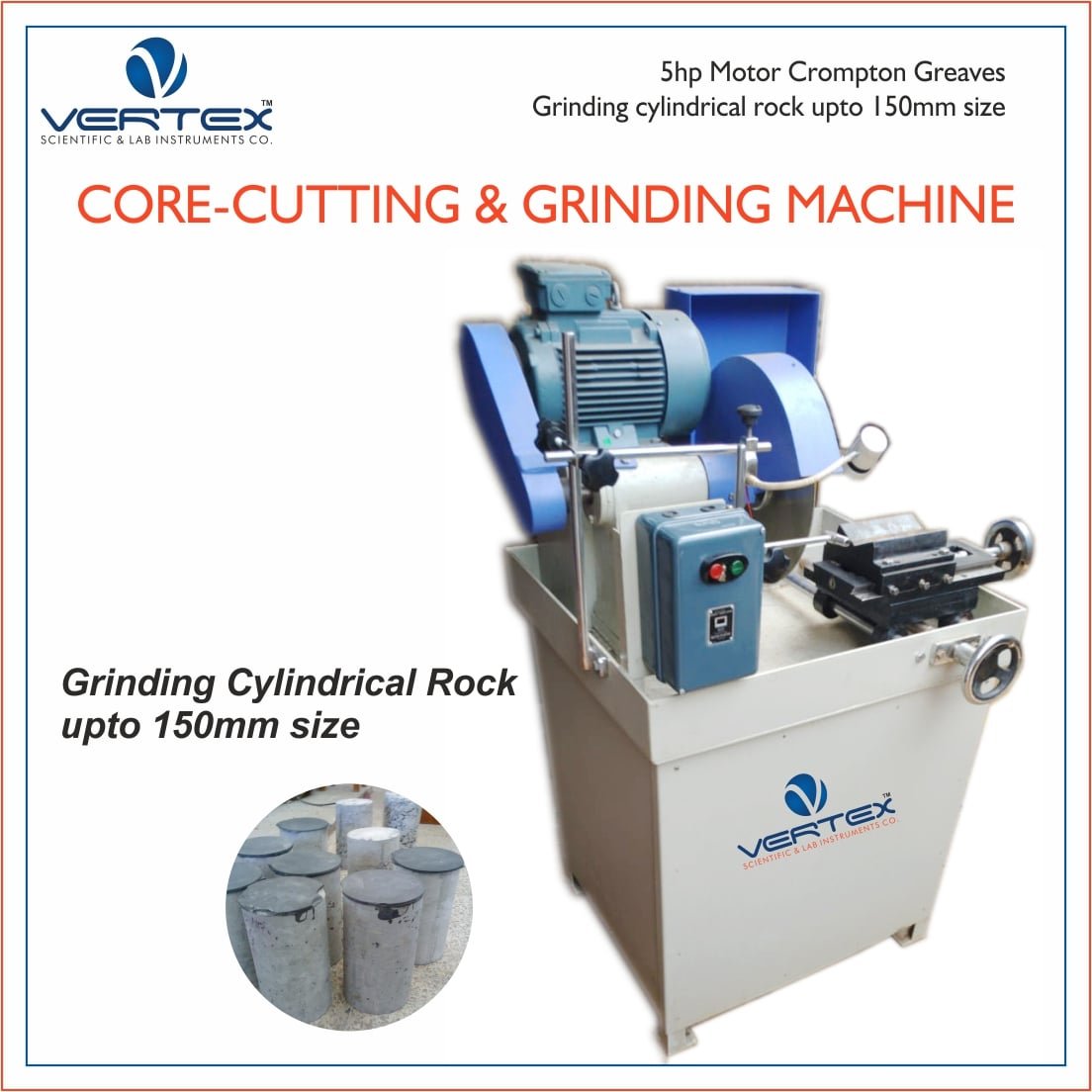Bulk Density and Voids in Aggregate asper IS: 2386-3 (1963)
Hi friends, you are welcomed in the world of Civil Allied Gyan. “Read here definition, apparatus, IS code, test procedure, formula, result and lab report for bulk density and voids in aggregate as per IS: 2386-3 (1963).”
Important:- This method of test covers the procedure for determining unit weight or bulk density and void of aggregates.
Note-1: It is emphasized that this is a laboratory test intended for comparing properties of different aggregates. It is not generally suitable for use as a basis for quoting mix design conversion factors.
Note-2: Considerably more compactive effort is used in the determination of angularity number [as per IS: 2336 (Part 1)-1963] than in this test, and hence the values for bulk density and voids are different.
IS Code of Bulk Density and Voids in Aggregate:-
IS: 2386 (Part III)-1963, Methods for specific gravity, density, voids, absorption and bulking of aggregates.
Apparatus Required for Determination of Bulk Density and Voids in Aggregate:-
- Balance: A balance sensitive to 0.5 % of the weight of the given sample.
- Tamping Rod: A straight metal tamping rod of cylindrical cross-section 16 mm in diameter and 60 cm long and rounded at one end.
- Special Vessel for unit volume
- Tray
- Cylindrical Metal Containers: See below table.
Table-1: Size of Container for Bulk Density Test
Calibration:- The measure shall be calibrated by determining the weight of water at 27°C required to fill it such that no meniscus is present above the rim of the container. The capacity in litres shall be obtained by dividing the weight of water in kilograms required to fill the container at 27°C by the weight of water in 1 litre at 27°C, which may be taken as 1 kg.
Procedure for Determination of Bulk Density and Voids in Aggregate:-
- Condition of Specimen:- For the determination of the voids the dry material may normally be used, but when bulking tests are required, then the material with a given percentage of moisture may be used.
- Take the appropriate container and weight it (M₁).
- Then fill the cylindrical metal container about one-third full with thoroughly mixed aggregate and tamped with 25 strokes of the rounded end of the tamping rod.
- Add further similar quantity (one-third of measure) of aggregate and tamped with 25 strokes of the rounded end of the tamping rod again.
- Finally fill the measure to over-flowing, tamped with 25 times of the rounded end of the tamping rod again and struck off the surplus aggregate using the tamping rod as a straightedge.
- Then weight the container with sample (M₂) and determine the net weight of the aggregate in the measure (M₂−M₁), which is called rodded or compacted weight.
- Calculate the bulk density of sample aggregate in kilograms per litre (the formula is given below in calculations).
- Now fill the measure to over-flowing by means of a shovel or scoop, discharge the aggregate from a height not exceeding 5 cm above the top of the measure.
- Care shall be taken to prevent, as far as possible, segregation of the particle sizes of which the sample is composed.
- Level the surface of the aggregate using the tamping rod as a straightedge.
- Then weight the container with sample (M₃) and determine the net weight of the aggregate in the measure (M₃−M₁), which is called loose weight.
- Calculate the bulk density of sample aggregate in kilograms per litre (the formula is given below in calculations).
Calculations:-
Calculation of Bulk Density: The bulk density of aggregate will be calculated as follows:
Where;
M₁ = Weight of container in kg,
M₂ = Weight of container and sample in kg,
M₃ = Weight of container and sample in kg,
V = Volume of container in L,
Compacted weight = M₂−M₁ and
Loose weight = M₃−M₁.
Calculation of Voids: The percentage of voids will be calculated as follows:
Where,
Gs = Specific gravity of the aggregate, and
Υ = Bulk density in kg/litre.
Reporting of Results:–
The bulk density of aggregate will be reported in kg/litre to the nearest 0.01 kg/L.
The voids in aggregate will be reported as a percentage to the nearest whole number.
The condition of sample aggregate at the time of test shall be stated, that is (a) oven dry, (b) saturated and surface dry, or (c) with a given percentage of moisture.

